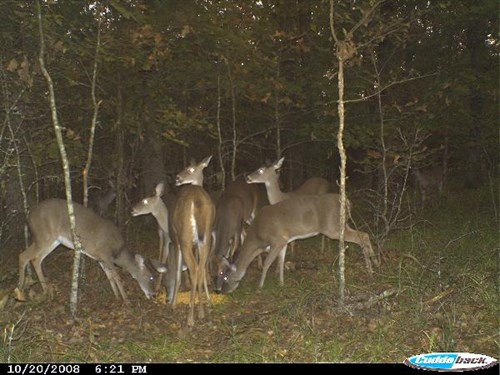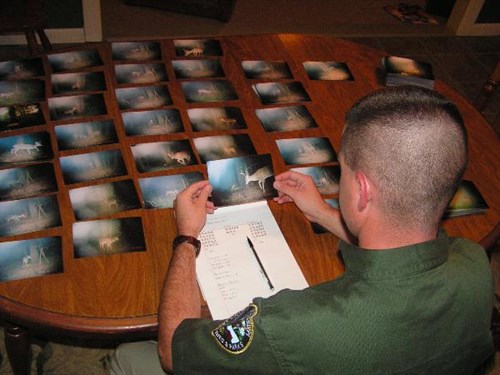Assessment of the Lactation Index for
Managing White-tailed Deer Populations
Principal Investigators
Dr. Steve Demarais
Mississippi State University Department of Wildlife and Fisheries
Dr. Bronson Strickland
Mississippi State University Department of Wildlife and Fisheries
Chad Dacus
Mississippi Department of Wildlife, Fisheries, and Parks
Graduate Research Assistants
Kamen Campbel
Mississippi State University Department of Wildlife and Fisheries
Determining the number of deer to harvest annually can be problematic for most wildlife biologists that manage white-tailed deer herds. Making harvest recommendations with no knowledge of population size and composition typically becomes a "best guess" endeavor. Commonly, managers will monitor browse and/or physiological indices that suggest harvest should increase or decrease, depending upon landowner objectives. Another metric that biologists could use to make informed harvest management decisions would be of great use.
Lactation data are routinely collected to determine how many adult females have successfully reared offspring. Unfortunately, the measure is insensitive to the number of offspring produced (i.e., 1, 2, or 3 fawns), and is at best a crude index of recruitment. Even though annual lactation estimates have been used as a surrogate for fawn recruitment, no one has critically evaluated this relationship using wild populations. Furthermore, managers rarely account for the declining probability of lactation detection during the lengthy deer seasons common to the southeastern U.S.
If it can be shown that lactation estimates are related to fawn recruitment then empirically-derived harvest recommendations can be made based on the landowner's objectives for deer herd management (i.e., quality or quantity of animals). We propose a critical evaluation of the lactation index (% adult females lactating) to determine its precision and accuracy using simulation studies and by comparing the index to other metrics of fawn recruitment such as: hunter observations, spotlight surveys, and camera surveys. Our ultimate goal with this research is development of a model that can be used by wildlife biologists and managers to accurately index fawn recruitment based on lactation values.
Full Report on Research Accomplishments To Date

Biologists often collect and use lactation data to determine how many does successfully reared fawns, and then use this information to set harvest guidelines designed to manage the deer population.

Trail camera pictures are also used to assess deer population levels.

Biologist Scott Edwards uses trail camera pictures to monitor a deer population in Oktibbeha County. This research project will compare camera surveys, spotlight counts, and hunter observations to determine the precision and accuracy of the traditional lactation index for estimating fawn recruitment.
Funding for this project was provided by:
 |
 |
 |
 |









